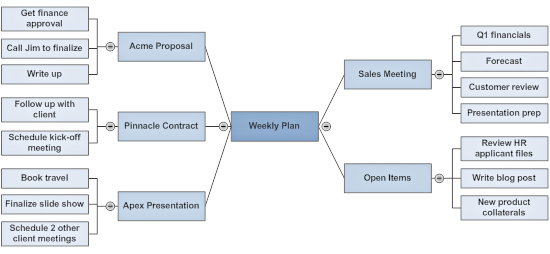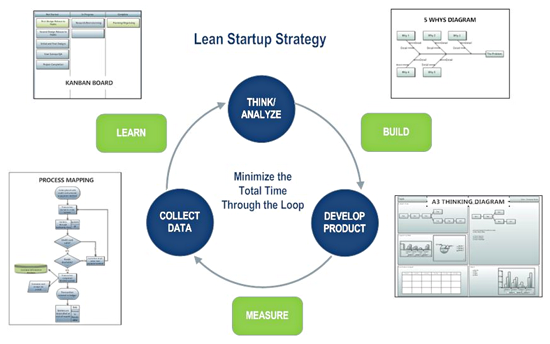"Any idea can be a great idea if you think differently, dream big, and commit to seeing it realized."
-Richard Branson, CEO and Founder, Virgin Group
You have a great idea and you want to turn it into a viable product or business. What do you do? Here are some tips from one of the world's most successful entrepreneurs, Richard Branson, from a guest column he wrote for Entrepreneur magazine.
Don't be in a rush to start building a spreadsheet of projections and ordering inventory. Start out by relaxing in a comfortable place. Branson prefers using a hammock at his home on Necker Island. This is where he can relax, settle in, and envision the development of his idea.
There are two things Branson believes are crucial to the success of a new venture: frustration and enthusiasm. His first business was selling records in the late 1960s, selling them for less than the major retail outlets. He was successful because he combined his passion for music with his aggravation at prices the big stores were charging customers for it.
But the key is to love what you do. "Are you enthusiastic about how this business will make a difference in people's lives?" Branson asks. If you are, he goes on to say, you're more likely to persevere in the face of struggles you will inevitably encounter.

A mind map is a very effective way to brainstorm new ideas.
Sometimes the people closest to you can be your best intitial sounding board. Tell them about your project and if they don't get it, other people might not either.
Branson says "Ask your mother for her honest thoughts on your plans. If she glazes over when you describe the new venture, return to your hammock and start over. If she gets excited, you could be onto a winner."
This is the part where most people hesitate, because it's risky.
It's easier to hold back and wait for the perfect time to move forward. But this is a
mistake, Branson says. "Successful entrepreneurs don't wait for the perfect moment—they create it."
It's said that entrepreneurs are willing to take risks. This is true, but successful
entrepreneurs are the ones who mitigate the risks they take. This means developing,
testing, and and getting market feedback on your product or service, then refining
and improving upon it, as you move forward.
Branson's advice: "Develop some samples of what you intend to sell, and when
you're happy with your product or service, begin the best and cheapest form of market research you can—ask your friends, family members, neighbors, and social media followers to try it out."
Don't get down about adverse feedback. This is a process, and you need to be
prepared to be flexible, willing to make adjustments to your product or your plan.
(Without saying so, Branson is applying the lean startup philosophy of the MVP—minimum viable product.)

Once the product or service has been tested and refined to your satisfaction, it's time for the final test: Will it sell?
Once you've made those changes, try selling small batches of your product or offer initial introductions to the service wherever you can -- online, door to door, at street fairs, and so on. Continue asking for feedback, and keep in touch with those customers. Make sure you get the branding right: Does it stand out? Do your brand values attract eager customers? Will they also attract talented employees?
When this happens, you'll encounter new, practical problems. Such as how to distribute your product, how to manage cash flow, and whether to raise capital from investors.
The kinds of problems we hope you will have.